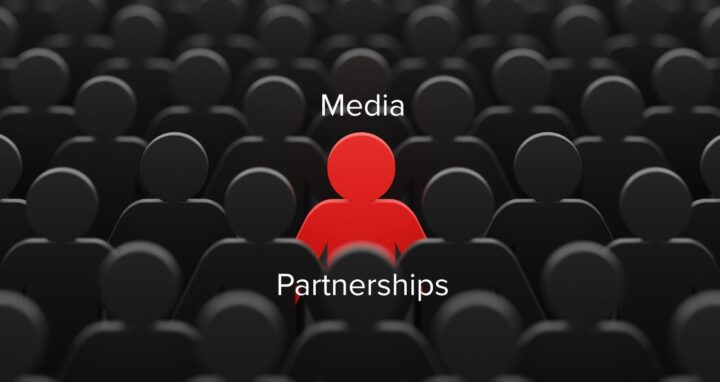This insight post is a summary of the original blog post published by Nuffer, Smith, Tucker Public Relations. View the original post: The Art of the Pitch: Embargo and Exclusive Pitching .
Public Relations is an art form; part of that comes down to determining the best way to pitch news and content. In this blog, our partners at Nuffer, Smith, Tucker Public Relations dissects how you can choose whether to embargo pitch or exclusive pitch.
For some background, an embargo pitch is sharing information with a journalist before it becomes public knowledge, under the agreement that the journalist won’t publish the news before a specific date. An exclusive pitch is just as it sounds — you’re offering a pitch to one journalist or outlet exclusively. Note: According to Muck Rack’s 2023 State of Journalism report, most journalists get up to five pitches per day, but, most interestingly, 76% are more likely to cover a story if offered an exclusive.
In today’s fast-paced world, clients often send us news a day before it’s ready to distribute. And we all know what comes next: drafting media materials, media training refreshers, selecting relevant journalists for our media list, client approval, send.
But what if, instead, it went like this:
The Client/Agency Convo
Decide if an embargo or exclusive pitch is worthwhile.
- If your client is seeking to get as many impressions as possible, it is likely an exclusive isn’t the best route. However, if the client’s goal is to start a larger conversation, establish themselves as a thought leader, build a relationship with a notable journalist, etc. then exclusive or embargo pitching can prove fruitful.
Set a clear timeline for information flow that allows you the opportunity to pitch under embargo or offer an exclusive.
- Remember, especially if you’re pitching an exclusive, it may take time to pitch one journalist at a time until you secure interest.
- It also takes time for a journalist to conduct interviews, draft their story, get editor approval, etc. Be respectful of the time it takes a journalist to turn around a good story.
Outline what is needed to entice the journalist like exclusive interviews, imagery, priority product testing, etc. to have it approved and ready once the embargo is agreed to.
Reiterate that information cannot go live on owned channels (website, newsletter, social media, etc.) before the official launch date.
- Posting news to owned channels negates the embargo/exclusivity agreement and takes away the timeliness of the story. Likely, this would result in the journalist no longer sharing the story and could potentially damage your relationship with the reporter.
Identifying Your Target Journalists
It’s time to research — year after year, reports find that a lack of pitch personalization means pitch rejection. Be sure you’re not just pulling a media list from your database that could have old beats listed. Instead, take the time to look up your target journalists to see what they’ve been covering lately and what they’re sharing on social media channels.
Try the good ‘ol Google search to see if there are any new journalists you should be targeting. Maybe someone recently wrote a story where your news would be the perfect follow up — don’t miss out on these opportunities by skipping the news scanning portion of your research.
Check out the full blog post to get more information on how the final two steps: pitching it and measuring your results. Want more insights from Nuffer, Smith, Tucker Public Relations? Click here.




